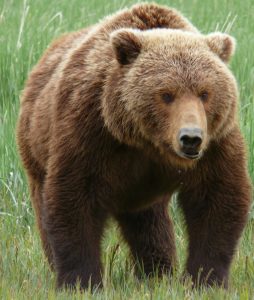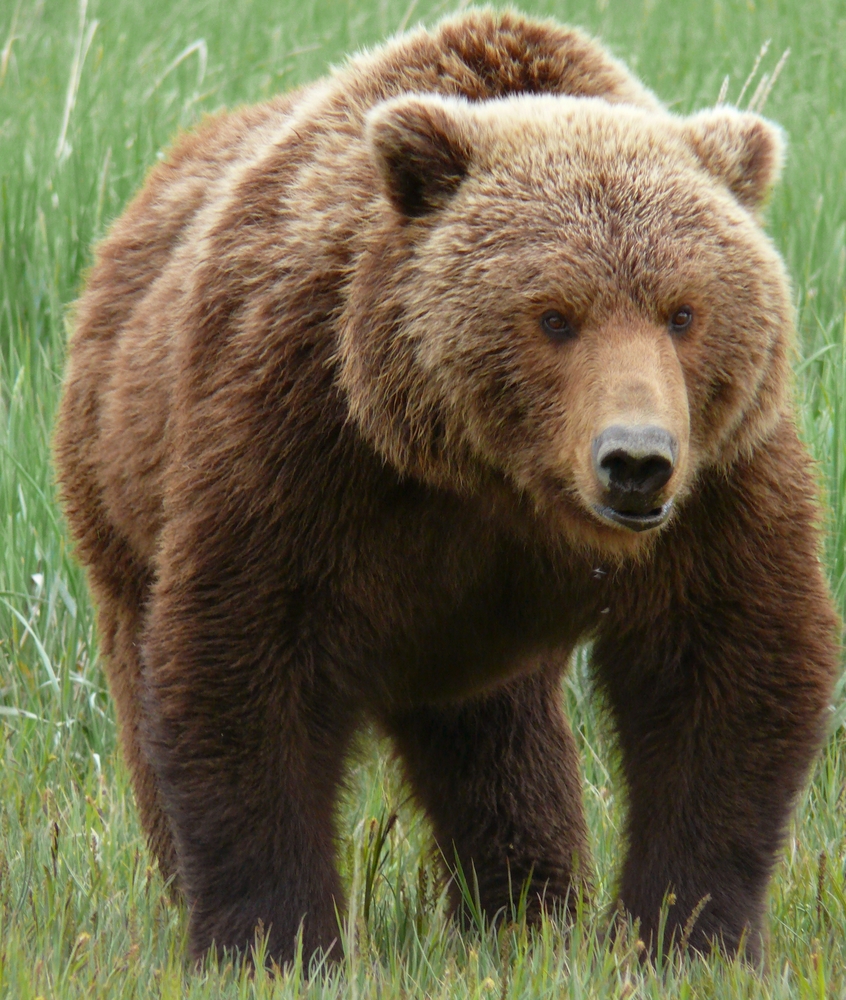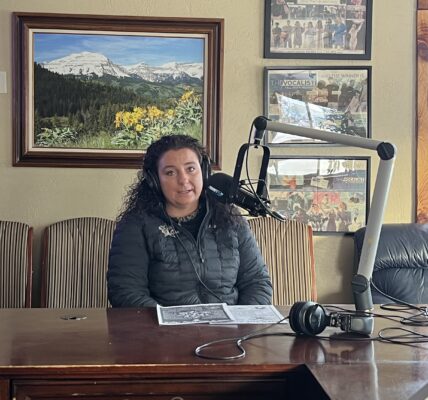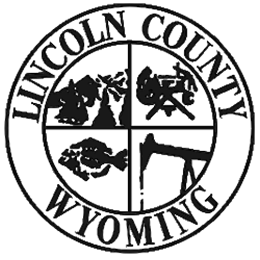By Lew Freedman
Cody Enterprise
Via Wyoming News Exchange
CODY — While Wyoming is proceeding with plans for a grizzly bear hunt beginning Sept. 1, a federal judge in Missoula, Mont., announced last week he plans to conduct an August hearing on whether or not the U.S. Fish and Wildlife Service appropriately delisted the animal from Endangered Species Act protection.
“I shouldn’t say I’m surprised,” said Brian Nesvik, the state’s chief game warden who has spent years studying grizzly issues and now is helping shepherd rules and regulations for a hunt through Game and Fish protocols.
“We’re not changing anything,” Nesvik said of moving ahead with statewide hearings and rules regulating a hunting season while the court case percolates.

Of the timing of the August hearing seeming as if it is aimed at Wyoming, he said, “It certainly appears that way.”
U.S. District Judge Dana Christensen denied the federal government’s request to delay handling of six lawsuits and turned down three other motions to decide the case on technicalities.
Wanting immediate action, Katherine O’Brien, an attorney for Earth Justice, said, “Meanwhile, Wyoming will be turning 24 bears into rugs and wall hangings.”
Game and Fish director Scott Talbott emphasized during a visit to Cody last week the species is recovered and the state’s pending rules are part of “extremely conservative management.”
Wyoming has proposed a maximum of 24 bears hunted between Sept. 1 and Nov. 15, although with built-in limits for females taken that could shut the season down quickly if two are killed.
Idaho has planned a hunt to harvest a single bear. Montana has decided not to conduct a hunt in 2018.
Fish and Wildlife returned management of the Yellowstone grizzly to the states of Wyoming, Montana and Idaho effective last July 31 after more than 40 years of protection and after declaring it was a recovered species.
The delisting action also followed years of cooperative study between federal, state and other agencies studying the bears’ progress.
The expansion of the population from a low of 136 in the 1970s to an estimated 700 now prompted the action.
Hunting was an option included in a master management plan for the states for population control.
Irate nongovernmental organizations such as the Sierra Club and Earth Justice protested the delisting, saying it was premature. The groups joined forces with Native American tribes in filing lawsuits. Tribes call bears sacred animals and integral to their religion.
Bonnie Rice of the Sierra Club applauded the court announcement last Friday.
“We welcome the court’s decision this week denying the federal government’s motion to stay litigation challenging the Yellowstone grizzly delisting rule,” Rice said. “The delisting rule should be withdrawn until the Service can get it right and make a determination that passes legal and scientific muster.”
The courtroom was crowded with lawyers representing Fish and Wildlife, the Northern Cheyenne, Sierra Club, Center for Biological Diversity, the National Parks Conservation Association, the Humane Society of the United States, Wild Earth Guardians, Safari Club International, the National Rifle Association and the Rocky Mountain Elk Foundation.
The Yellowstone grizzly is the only group of animals to be delisted, while protections remain in place for five other grizzly areas.
A few months ago a federal appeals court in Washington, D.C. overturned delisting of grey wolves in the Western Great Lakes on the grounds it must be demonstrated how delisting one group would affect the other.
Opponents of delisting believe the same standard should be applied to grizzlies, while proponents say the fact grizzlies have recovered in the Yellowstone area has nothing to do with how they are faring elsewhere.
“They don’t have anything to do with it,” said Park County Commissioner Loren Grosskopf, who has been an active member of committees studying grizzly recovery and in drafting suggestions for the final Fish and Wildlife plan. “They are separate issues.”
Opponents of delisting, Grosskopf said, are engaged in a last-ditch effort to block the plan and prevent Wyoming management.
“They’re just throwing things at the wall,” Grosskopf said of the reasoning behind the lawsuits. “The anti-hunters, this is their last gasp. They desperately need a win. They’ll turn over every rock.”
Confident it is doing the right thing and empowered by the Fish and Wildlife ruling, Game and Fish has floated a draft of its hunting plan. Two-thirds of the tags for a bear hunt would go to Wyoming residents and six of the 24 to nonresidents.
Twelve tags would be for the Yellowstone grizzly area outside of Yellowstone National Park and Teton National Park. The other 12 would be for areas with less optimum habitat.
A public comment period is open and a series of hearings, including one April 10 in Cody, are scheduled.
Under the agency timetable, a recommended rule would be presented to the policy-making Game and Fish Commission at its May 23 meeting.
“Is there any reason to slow down or stop?” Grosskopf said. “No.”
May commission action would give the department enough time to finalize preparation for a fall hunt.
All of that work will move forward, Nesvik said.
However, if the court rules in August the delisting itself was illegal, a hunt would be shelved.
“It changes everything,” Nesvik said.
- 27Shares





